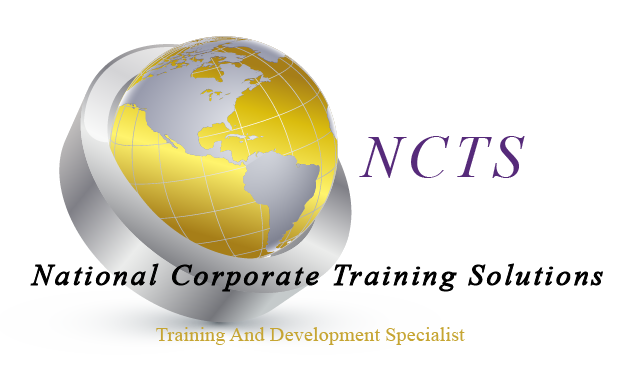PMP Certification Exam Prep Online Course 2021
Dates: April 29, May 4, 6, 11, 13, 18, 20, 25, 27 (1pm - 5pm)
Cost per Participant: $1308.00 (see below to register)
Course Description:
This intensive exam preparation course will provide participants with the knowledge needed to pass the Project Management Institute’s (PMI’s) Project Management Professional (PMP) examination. The course is kept up to date with the framework of knowledge outlined by PMI’s PMBOK Guide. The instructor (PMP certified) will share test-taking tips, study strategies, and review of critical materials that will directly assist participants in passing the PMP exam. The instructor will be a constant supporter to the participants throughout the class and through their PMP journey.
The course will be delivered through a live online portal, which allows students to take this training from the comfort of their homes, or offices. Participants will work between classes to fulfill the reading and study requirements and activities necessary to pass this course. Participants and instructor will communicate during the live online training, as well as via email between the trainings. Participants will learn about project management through the live instruction, read about it through the class manual (included), and also perform some aspects of it between classes. Ultimately, students will take a sample exam.
The current Project Management Body of Knowledge (PMBOK) Guide will be provided for each student in this class, a $60 value. Additionally, participants will have access to a variety of tools for the purpose of passing the PMP exam. The course will consist of nine 4-hour sessions—approximately two sessions per week.
Following the successful passage of the course, participants will receive a certificate they can use as evidence of the course, which is required to schedule the exam. Participants must attend eight of the nine sessions in order to pass.
Course Dates: April 29, May 4, 6, 11, 13, 18, 20, 25, 27, 2021 (1:00pm - 5:00pm)
Course Registration: Email ShanonC@NCTScorp.net
Course Cost per Participant: $1308.00
Registration Deadline: April 15, 2021

